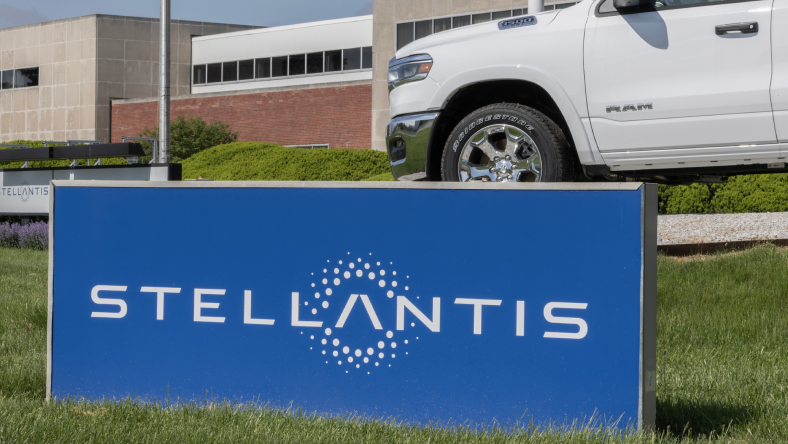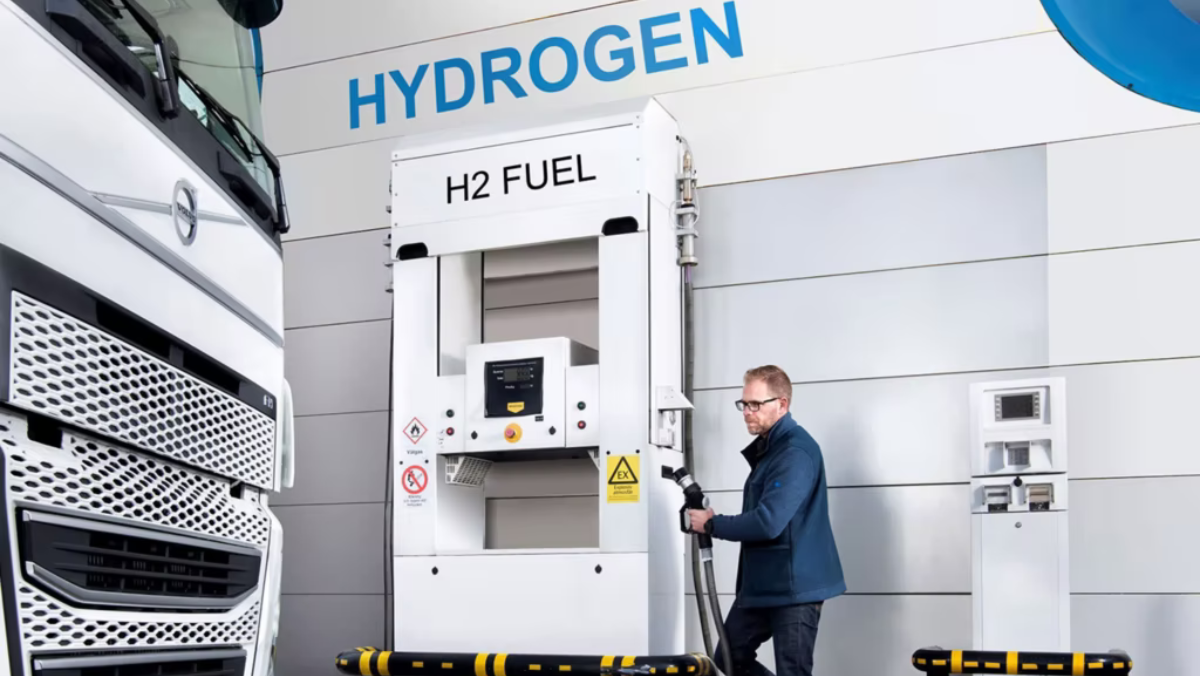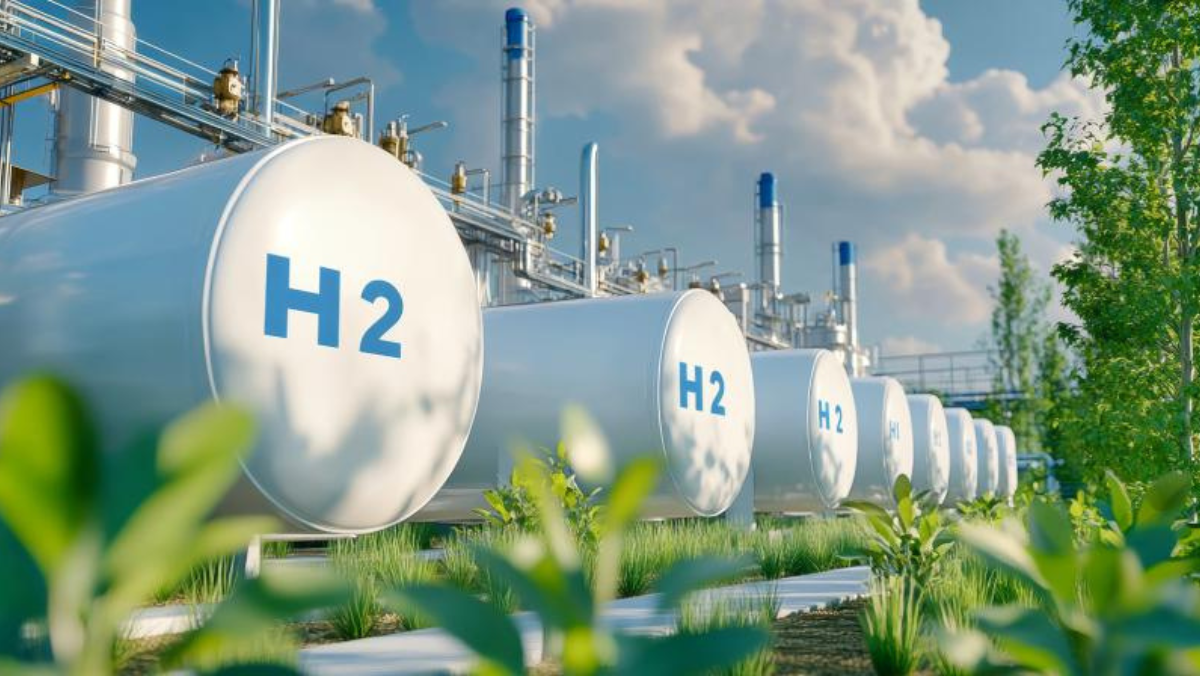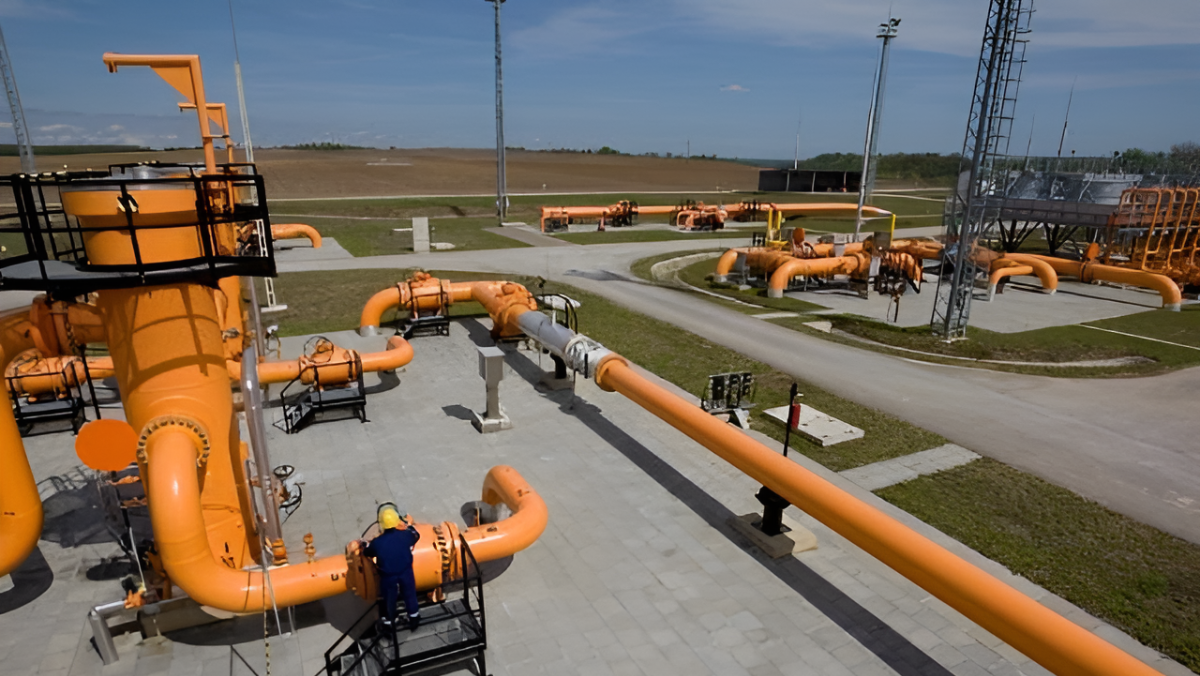RESEARCH
Europe Recalibrates Its Hydrogen Hopes
Stellantis’s fuel-cell exit steers Europe’s hydrogen push toward freight and industrial uses
24 Oct 2025

Europe’s hydrogen dream is changing course. With Stellantis abandoning fuel-cell car development, the continent’s once-ambitious mobility plans are shifting from showrooms to shipyards, factories, and freight yards.
The automaker’s retreat leaves Symbio, its joint venture with Michelin and Forvia, without its core customer and roughly four fifths of its expected production volume. Suppliers are scrambling to reset forecasts and redesign strategies, facing hard questions about where hydrogen really makes sense.
For years, fuel-cell vehicles were seen as the clean mobility future. But batteries raced ahead, costs stayed high, and consumer demand never caught up. Stellantis’s move, while a blow, may have brought long-needed clarity.
“This isn’t a setback for hydrogen, it’s a reset,” said one industry executive. The new focus is on sectors that play to hydrogen’s strengths: heavy trucks, maritime transport, industrial power, and energy storage. Upcoming EU frameworks under the Green Deal are expected to channel funding toward these areas, where fuel cells can deliver scale and real climate impact.
The transition will not be smooth. Some projects could stall, investor confidence may dip, and smaller suppliers might struggle to survive the shakeout. Yet this consolidation could strengthen Europe’s hydrogen ecosystem by concentrating investment where it matters most.
Hydrogen’s European journey is moving from ambition to precision. By zeroing in on the industries where it can truly compete, the sector may finally turn promise into performance and redefine what a clean-energy breakthrough looks like.
Latest News
11 Dec 2025
Hydrogen Trucks Shift From Hype to Hard Reality4 Dec 2025
Europe’s Hydrogen Map Gets Redrawn by Fresh EU Standards20 Nov 2025
Brussels’ Clean Fuel Overhaul Redraws Industry Lines17 Nov 2025
EU Cash Lights a Hydrogen Fuse
Related News

MARKET TRENDS
11 Dec 2025
Hydrogen Trucks Shift From Hype to Hard Reality

REGULATORY
4 Dec 2025
Europe’s Hydrogen Map Gets Redrawn by Fresh EU Standards

REGULATORY
20 Nov 2025
Brussels’ Clean Fuel Overhaul Redraws Industry Lines
SUBSCRIBE FOR UPDATES
By submitting, you agree to receive email communications from the event organizers, including upcoming promotions and discounted tickets, news, and access to related events.